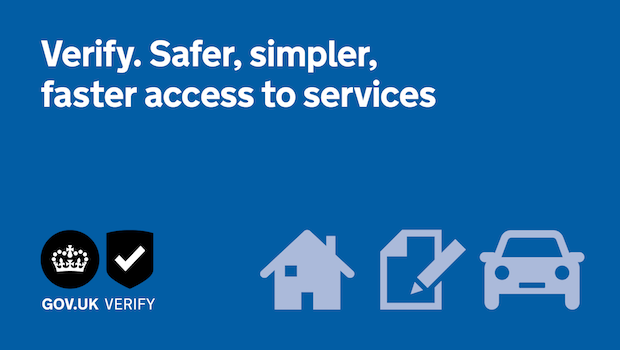
We’re looking at new ways to increase the number of services GOV.UK Verify can support, in response to growing demand from departments and users.
As of February 2017, Verify offers access to 12 central government services, all of which require strong proof that the user is who they claim to be. We’ll continue to add to these services, but in addition we’re working with government services that need less proof of identity from users.
For example, if you were claiming redundancy online, you might be asked for more evidence of your identity than if you were updating a planning application.
Services are not all the same and a one-size-fits-all approach means the high levels of security currently provided by Verify is more than some services might need. This can make dealing with government unnecessarily difficult and time consuming for users - as well as restricting how people can use Verify.
With services that need less proof from users, the user journey will be similar - but shorter. Users will be asked some questions to help them choose a certified company to Verify their identity (as they are now), but they won’t be asked for as much proof of their identity. (This shorter journey has also been referred to before as ‘level of assurance 1’, or LOA1).
Verify is designed to prioritise privacy, protect users’ identities and keep their information secure. Every service available through Verify is carefully and rigorously explored and designed to ensure the right level of security and safeguards. This will continue to be our process as we bring more services onboard. New options like this help to create a wider range of services online, that are available to the widest possible range of people, while still being safe.
We’re working now with a range of departments to research and develop these changes with new government services, and expect some of these to be available to users later in the year. In the meantime we’ll post developments on this blog, and are keen to speak to other service teams across government.
If you work on a central government service that you think may be suitable for this project, please get in touch.
